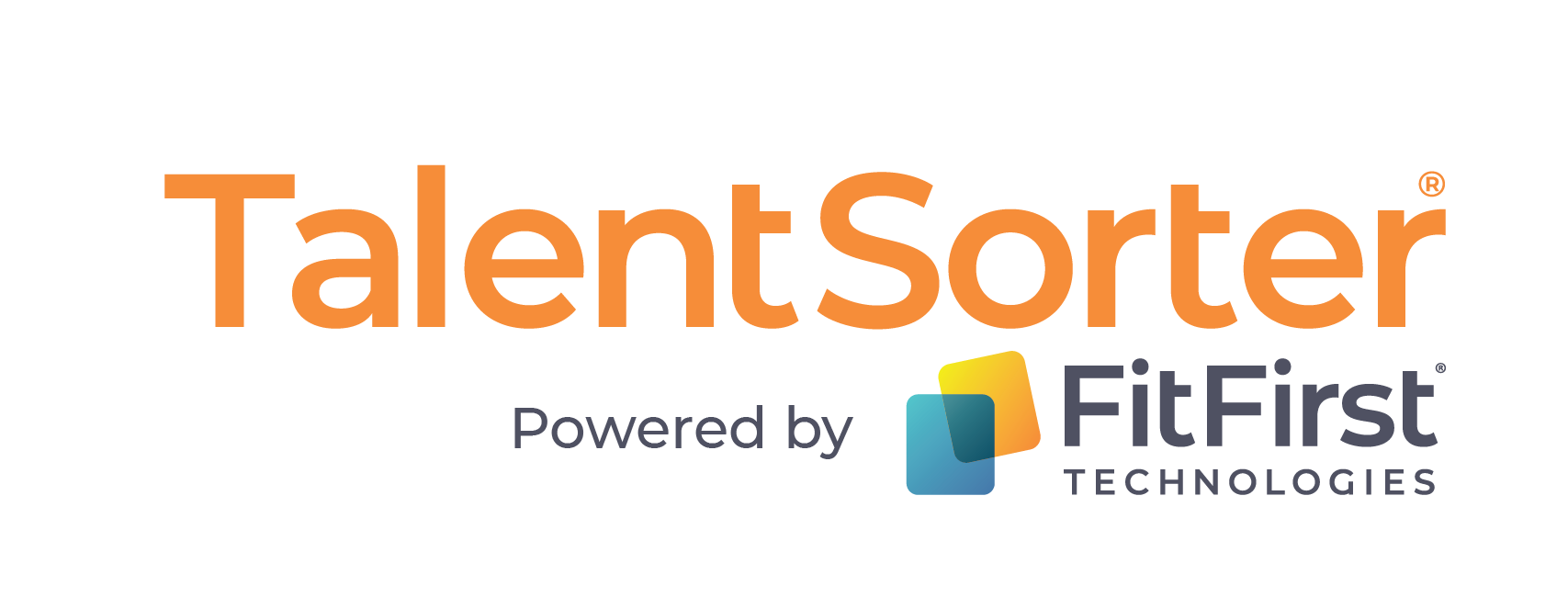The Gallup Organization inadvertently kicked off a consulting Gold Rush back in the mid-1990’s when they set out to better understand what exactly it was that ‘Great Managers’ do differently than their peers.
The research and their landmark findings are well documented in First, Break All The Rules (Marcus Buckingham, Curt Coffman); if you manage people now or ever intend to, it’s a must-read. It debunks the standard leadership pablum and theories-of-the-month, and gives readers clear, simple direction on what precisely they can do differently to generate better results through their teams.
Counter-intuitively, perhaps, it’s less a list of things to ‘do’ and more a set of tips on how to ‘show up’ as a manager, in a way that can strengthen a team and its performance.
The backstory is this: In order to identify ‘Great Managers’ in an objective fashion, Gallup’s first item of business was to come up with a standard ‘yardstick’ to measure managers’ performance. Not a simple task in a research study that would be global, spanning all industries and company sizes. They eventually settled on four metrics that are pretty much universal: Productivity, Employee Turnover, Customer Satisfaction, and Profit.
Then they set about their research and wrote a book about it.
A funny thing happened along the way.
It occurred to the researchers that every one of the metrics in their yardstick is a ‘trailing indicator’. What they meant is that these metrics that we report every month are rarely a reflection of anything specific we did that month; they are more a result of things we’ve done, either well or poorly, over a much longer stretch of time.
Being researchers, that insight made them curious: if those are all trailing indicators, what are the ‘leading indicators’, the factors that would be the most reliable predictors of those outcomes?
They tested dozens of possibilities, and the statistically most reliable predictor of hard business outcomes is a squishy thing that they gave the label to: Employee Engagement. Essentially, how much an employee cares about hitting an objective, and how much they are willing to stretch to make it happen, pretty much decide how likely it is to happen. Makes sense.
Yes, all the noise about engagement began with Gallup and a curious researcher.
And the Gold Rush began.
Every consultant and his brother (including Gallup) came up with a process to measure, report, and strengthen ‘engagement’.
But there was still a small inconvenience: Engagement is also not a ‘leading indicator’. Other things have to be present in order for engagement to exist.
They had to travel further upstream. Back to the research.
Gallup’s objective was to build a survey that would measure employees’ likelihood of being engaged. In the process, they tested literally hundreds of questions and got it down to only a dozen that, in their methodology, were statistically highly predictive of a group’s engagement; they called it the Q12.
Interestingly, they all relate to some aspect of how an employee feels they fit in – the quality of their relationships and their fit in the environment set the stage for their ‘engageability’ so to speak, which a good manager can convert to ‘engagement’ through the right behaviors and actions.

It all begins with Fit
On closer inspection, this thing called ‘Fit’ actually breaks down into four categories (we refer to them as the Four Critical Aspects of Fit) – Fit with the Manager, with the Job, with their Peers, and with the Organization.
At the time, the notion that something as ‘soft’ as an employee’s perceptions about fit could be the most statistically relevant predictor of a business unit’s performance against ‘hard’ metrics was pretty revolutionary. Heck, it still is in some circles today.
And yet, it all stands to reason when you peel it all back and think about it in the first-person: the quality of the relationship I have with my manager goes a long way to deciding how energized and motivated I am at work. I do more and better work when I’m doing things I enjoy and that draw on my natural strengths and talents more than my non-strengths. I also do more and better work when I spend my day with people I like and respect, and when I feel like I’m contributing to a worthwhile organization.
So, ‘Fit’ is the leading indicator of business performance. That’s why we do what we do.
[vc_row][vc_column][rd_cta style=”rd_cta_2″ title=”Want to Hire for Fit? Try our Assessment Tool” left_border_color=”#04bdce” button_text=”FREE TRIAL” button_link=”https://www.talentsorter.com/free-trial/” target=”_self” button_color=”#ffffff” button_bg_color=”#04bdce”]Use 25 Years of Behavioural Science to Test, Assess & Hire the Right People for Your Organization, Reduce Turnover 40-60%! Start a FREE TRIAL (no credit card required)[/rd_cta][/vc_column][/vc_row]

